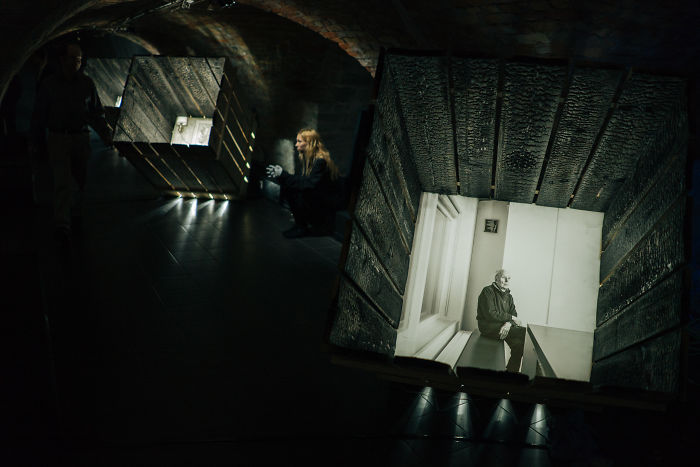
In Darkness: Students’ Quest Into Fragmentary History Of Estonian Interior Architecture
Darkness and light, silence and sound – the ground zero of creating space – are in focus at an experimental exhibition in Tallinn, created by Estonian Academy of Arts students.
Mid-winter brings very little daylight this far up North, so why create an exhibition which is essentially a path through pitch black? According to the team behind the project, it is a metaphor for the passage the students took, digging through archives and interviewing 11 interior architecture Grand Old Men and Ladies. These interior architects and designers contributed significantly to the way public and private space looked like in the 20th century in the then-Soviet Estonia, creating famous hotels, restaurants, collective farm buildings, and even sports facilities for the Moscow Olympics.
The exhibition is titled “Expedition Wunderlich: 11 Interior Architects”, and is only open for an hour on Saturdays and Sundays, making this more like a theatre performance than a regular museum show. Visitors get access to interior architects’ student projects brimming with young creativity and spatial fantasies – in many cases, design ideas that could never have been carried out within the Soviet reality. The visitor is drawn into different eras of design history at breath-taking speed, with living and breathing exhibition stands helping to personalise the viewing experience.
“Expedition Wunderlich: 11 Interior Architects” is co-organised by the Estonian Academy of Arts and Musem of Estonian Architecture, and will be open on weekends until the end of February 2016.
See more: http://arhitektuurimuuseum.ee/en/naitus/expedition_wunderlich/
Image credits: Henno Luts
Image credits: Henno Luts
Image credits: Henno Luts
Image credits: Henno Luts
Image credits: Henno Luts
Image credits: Tõnu Tunnel
Image credits: Henno Luts
Image credits: Henno Luts
Interior architect Eerik Olle. Image credit: Renee Altrov
Interior architect Taevo Gans. Image credit: Renee Altrov
Interior architect Pille Lausmäe. Image credit: Renee Altrov
337views
Share on Facebook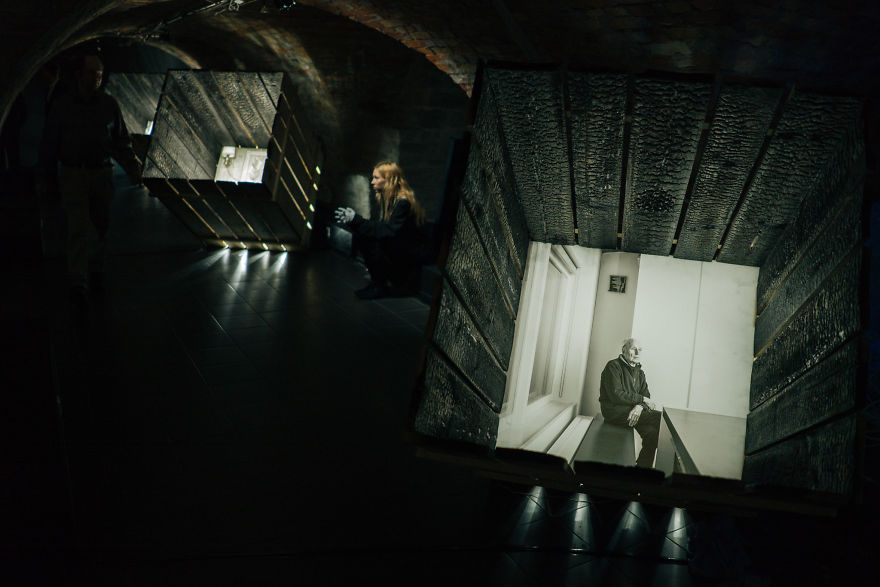
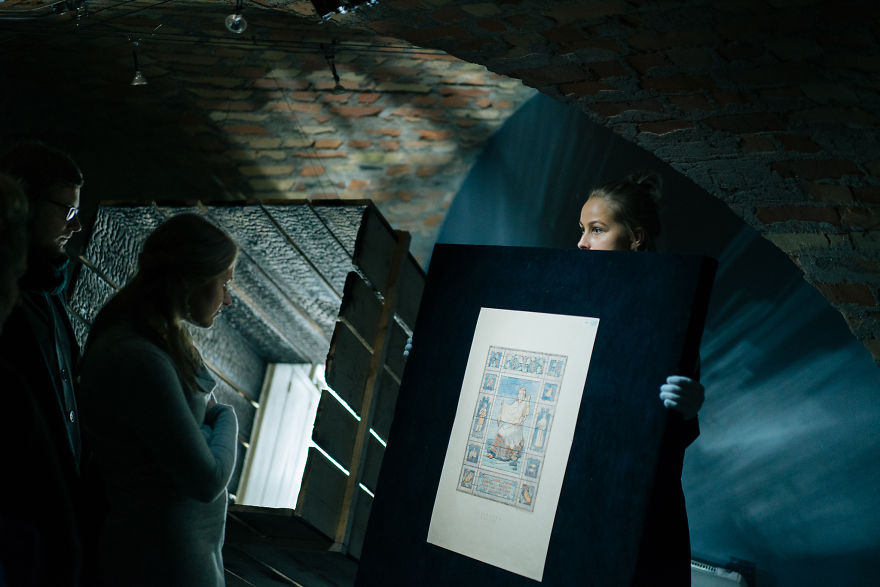
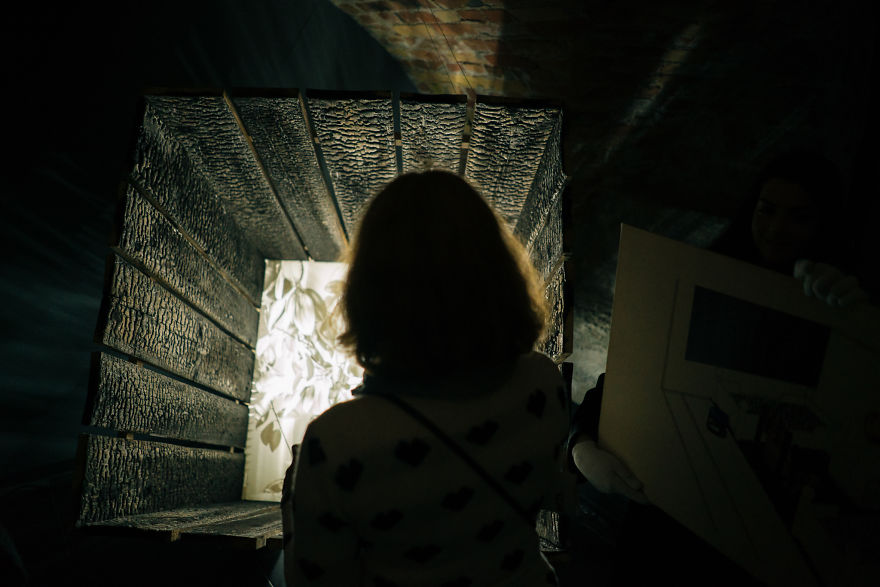
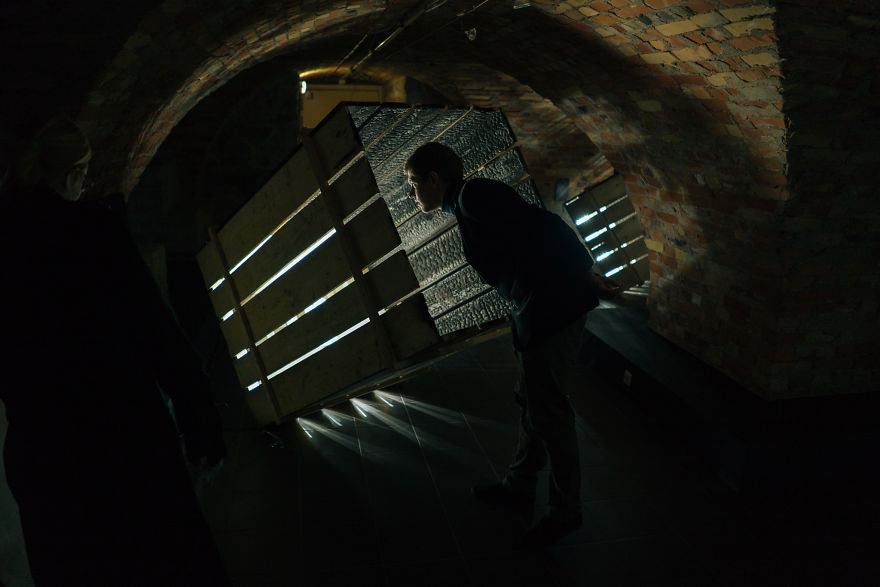
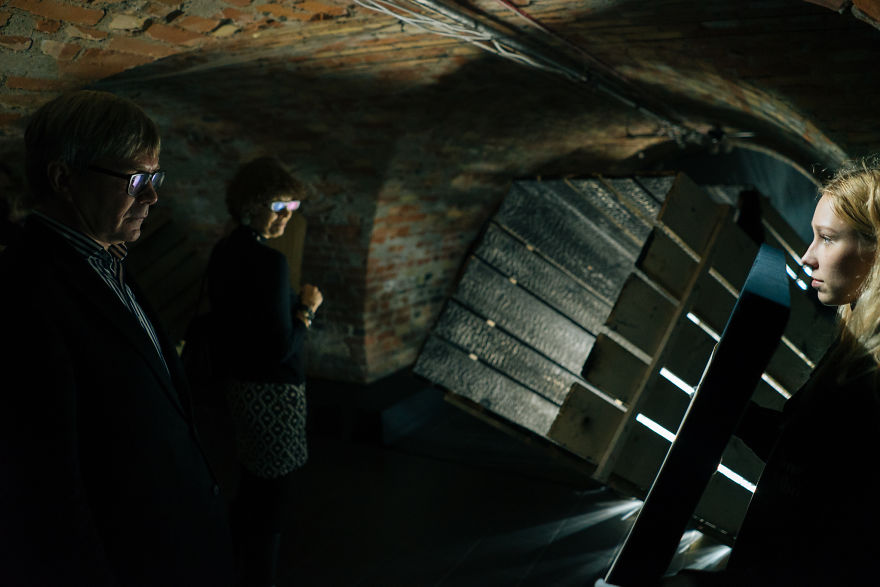
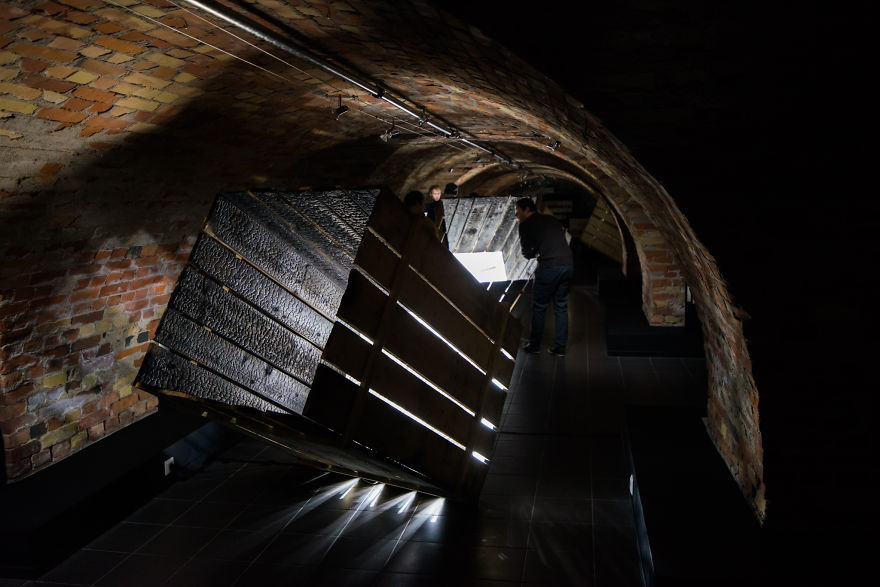
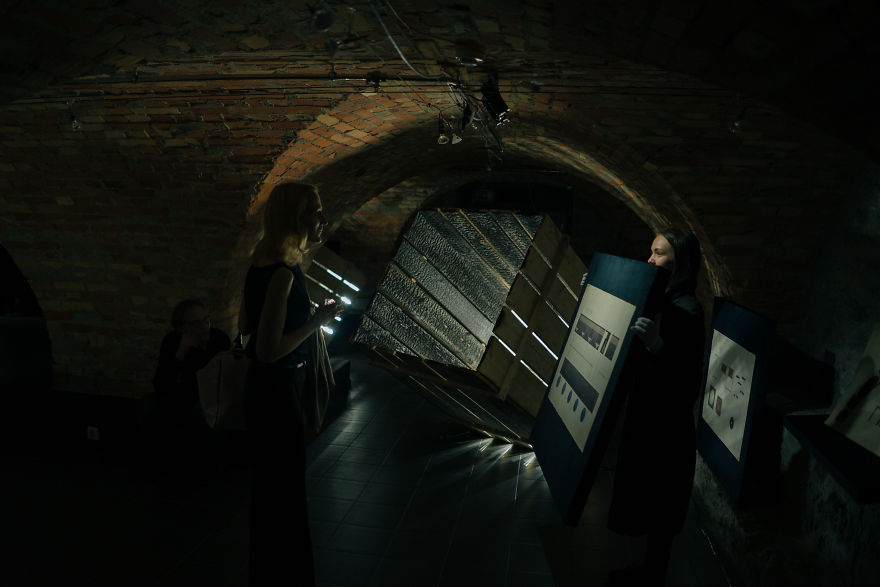
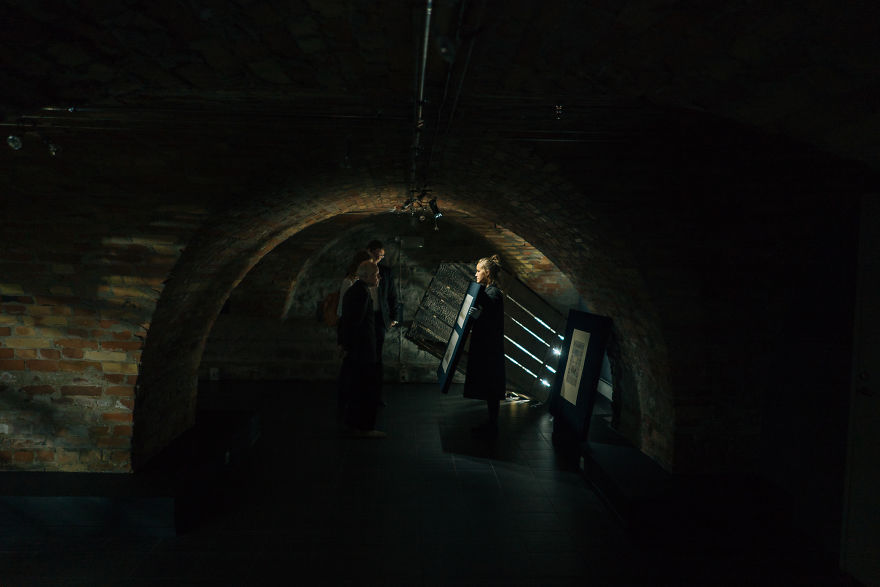
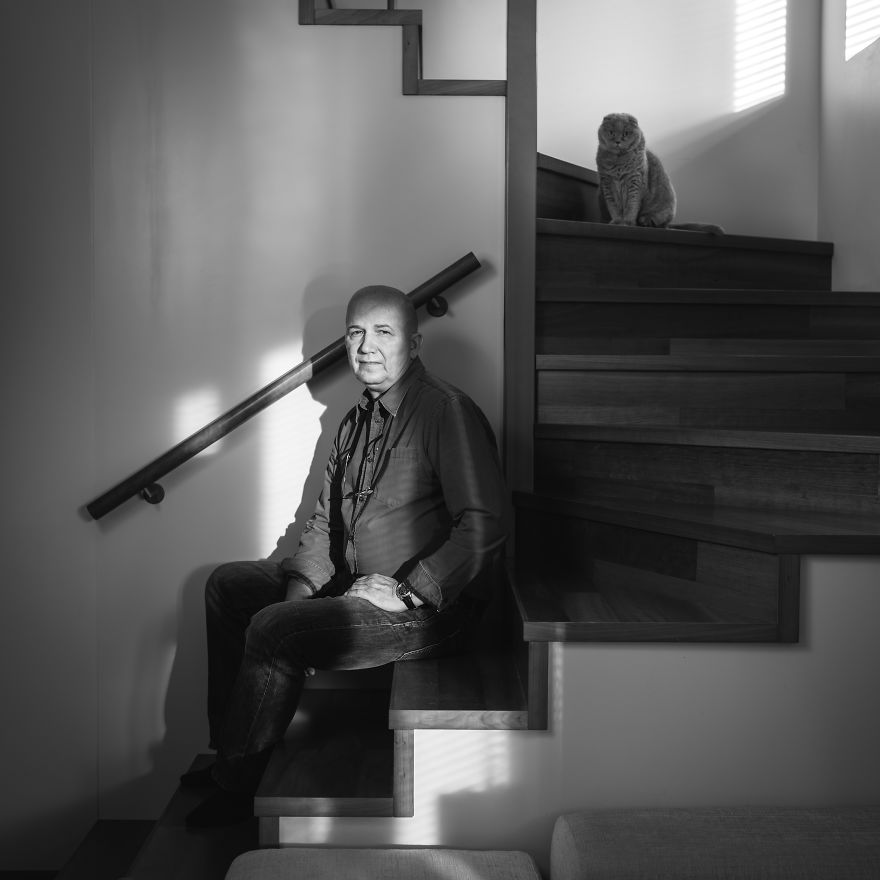
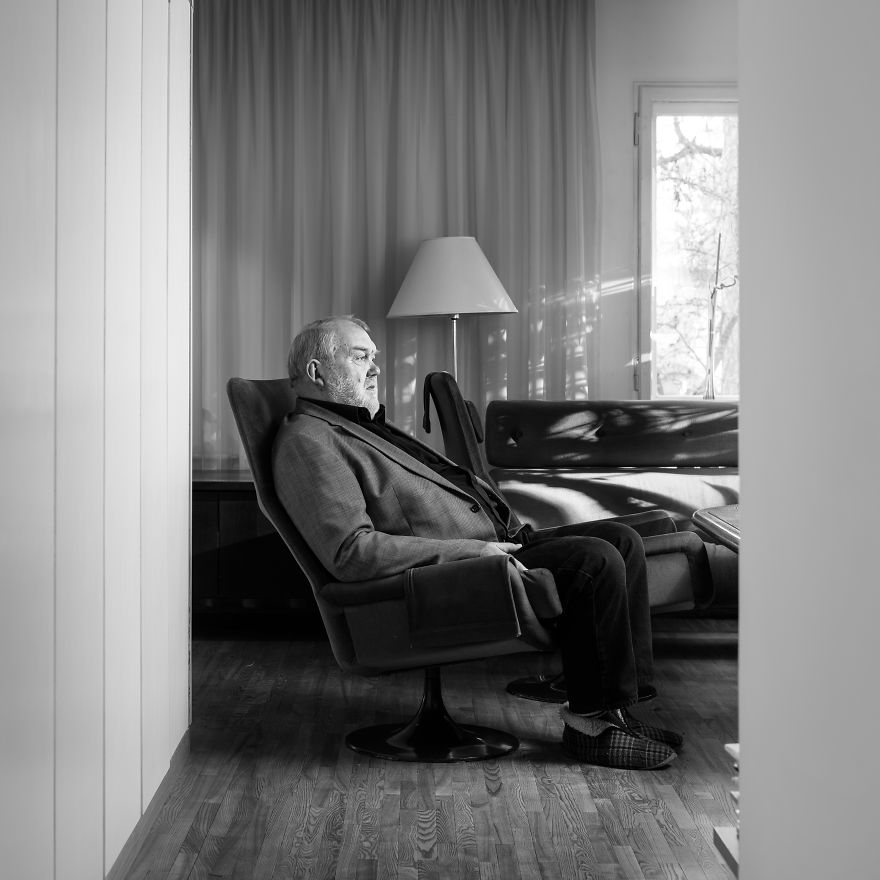
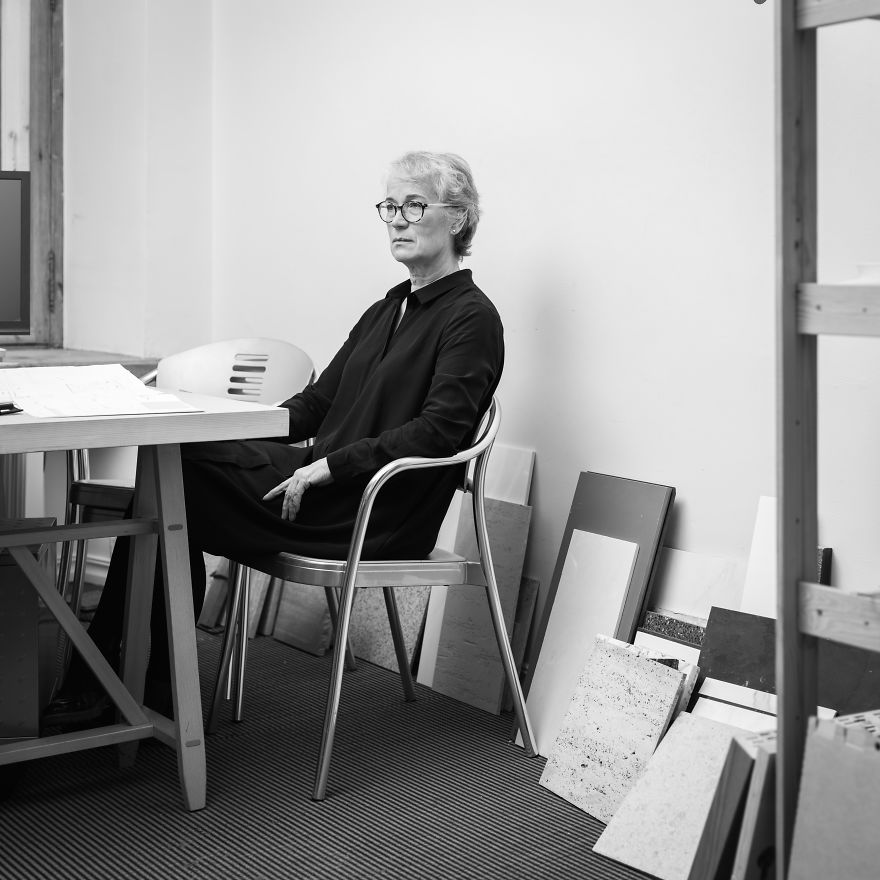



3
0